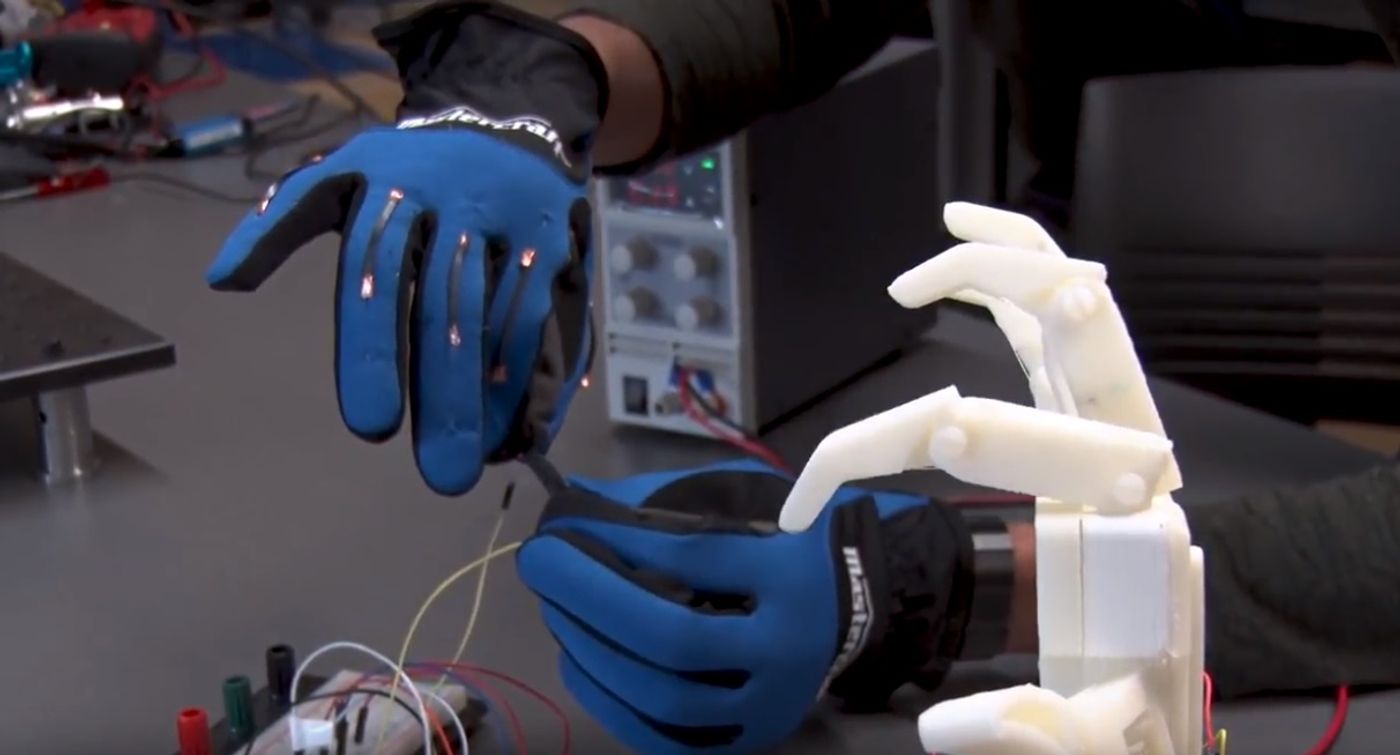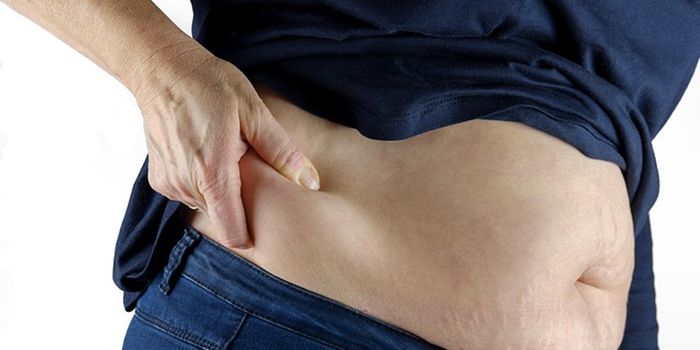Wearable Device Monitors Complex Human Motion
The next generation of wearable technology - think Fitbit and Apple Watch - might come from a design originating from the University of British Columbia (UBC) Okanagan Campus. Researchers have recently developed and tested a new device with a sensor capable of much more than measuring steps.
UBC scientists were looking to design a health monitoring device that measures muscle movement, heart rate, and other “bio-signals.” The sensor that could provide those types of measurements would need to be flexible, a reasonable size, and perform with fine-tuned sensitivity. At the same time, the researchers needed a technology that was wearable, practical, and affordable. Could it be possible?
Apparently so, because in a new paper published in the Journal of Sensors and Actuators A: Physical, UBC researchers introduce their new sensor: graphene nano-flakes (GNF) infused into a rubber-like adhesive pad. This device is sensitive enough to respond to different and complex body motions like heartbeats and finger twitches, but it also measures more standard motions like running and walking.
Right away, UBC researchers tested the sensor’s durability under pressure, finding that it maintains accuracy and electrical stability under the heaviest strains.
"Not only did it maintain its form but more importantly it retained its sensory functionality,” explained engineering professor Homayoun Najjaran. “We have further demonstrated the efficacy of GNF-Pad as a haptic technology in real-time applications by precisely replicating the human finger gestures using a three-joint robotic finger."
Plus, Najjaran and the other researchers made sure to produce an “easy and highly repeatable fabrication method” to create the sensor, and at low cost.
They created three wearable devices to test its practicality. A wristband successfully measured heartbeats as the sensor sensed the arteries pulsing through the body. A glove measured finger gestures, and a knee band measured walking, running, sitting down, and standing up.
Such a device could be applied in an array of contexts, supplying medical professionals with a high-tech, robust sensor technology to improve health monitoring that’s affordable, reliable, and durable.









